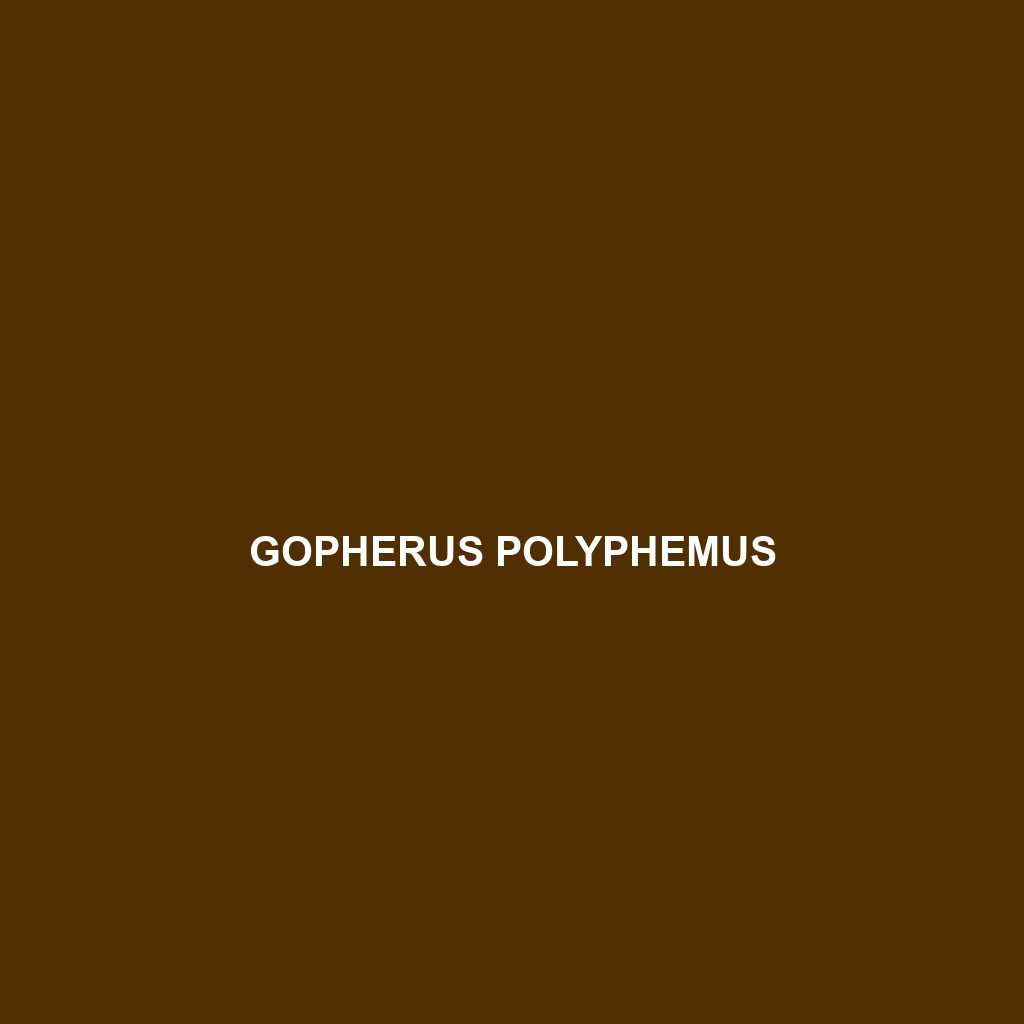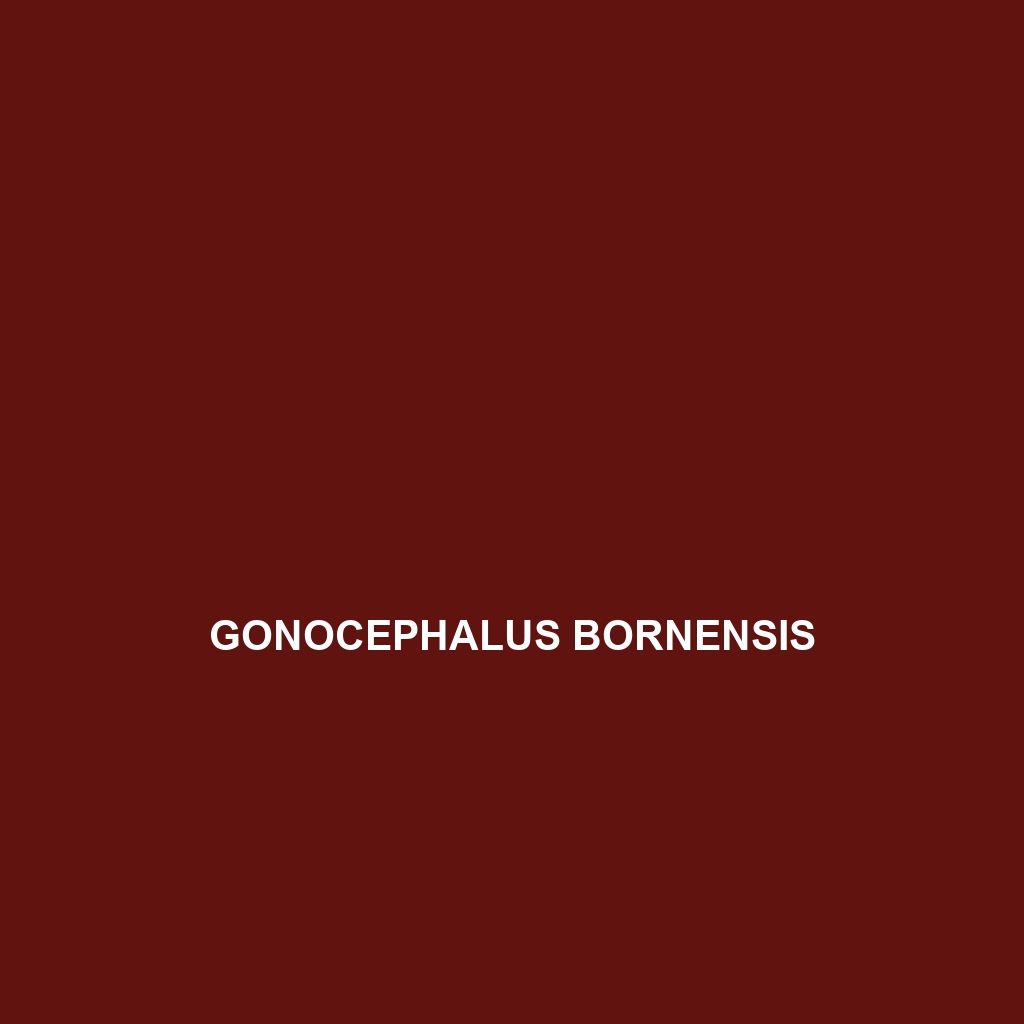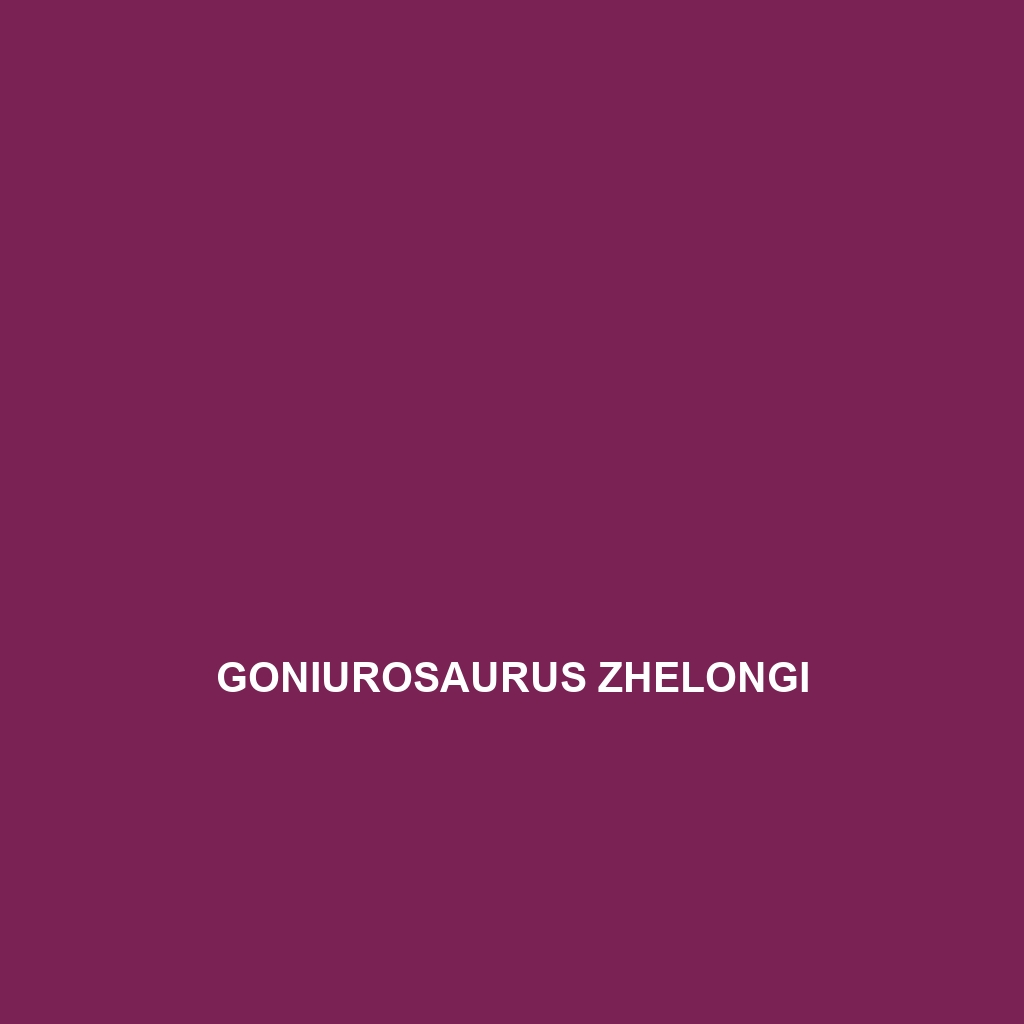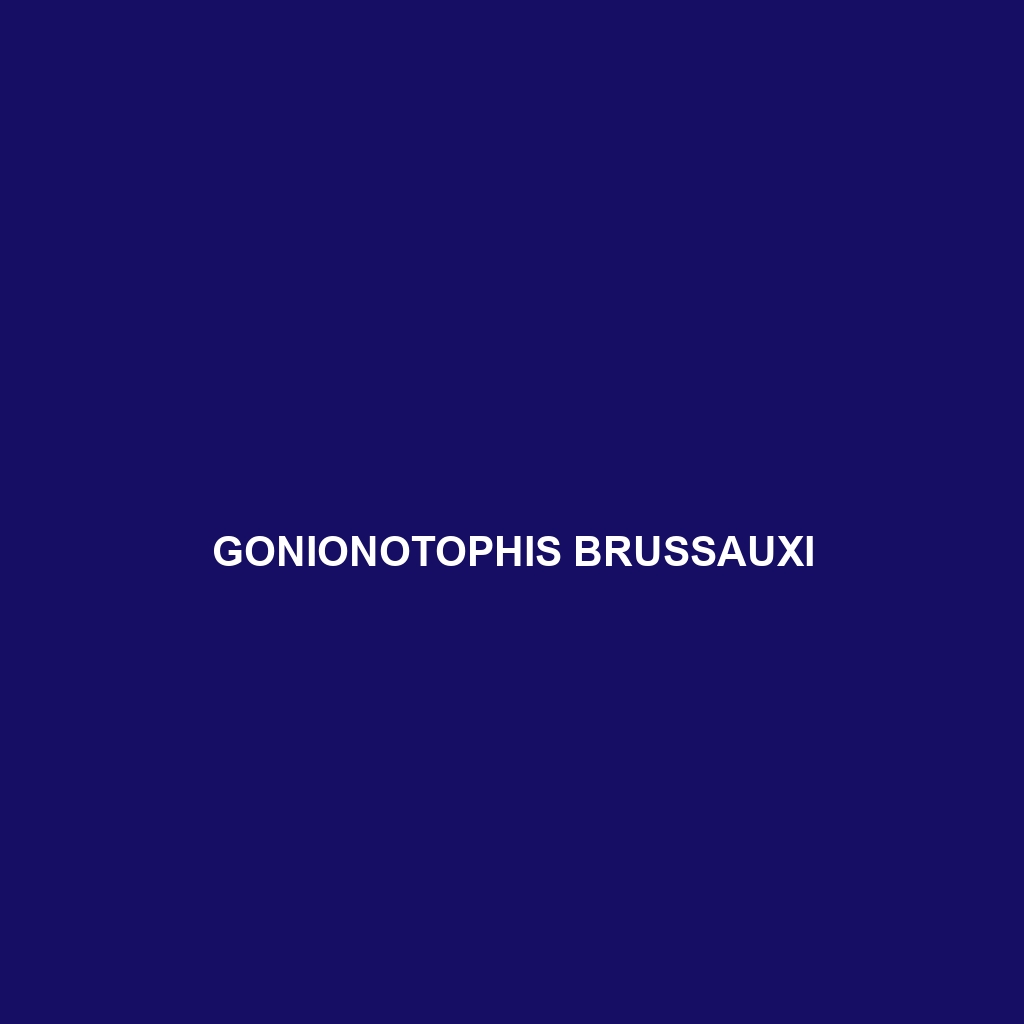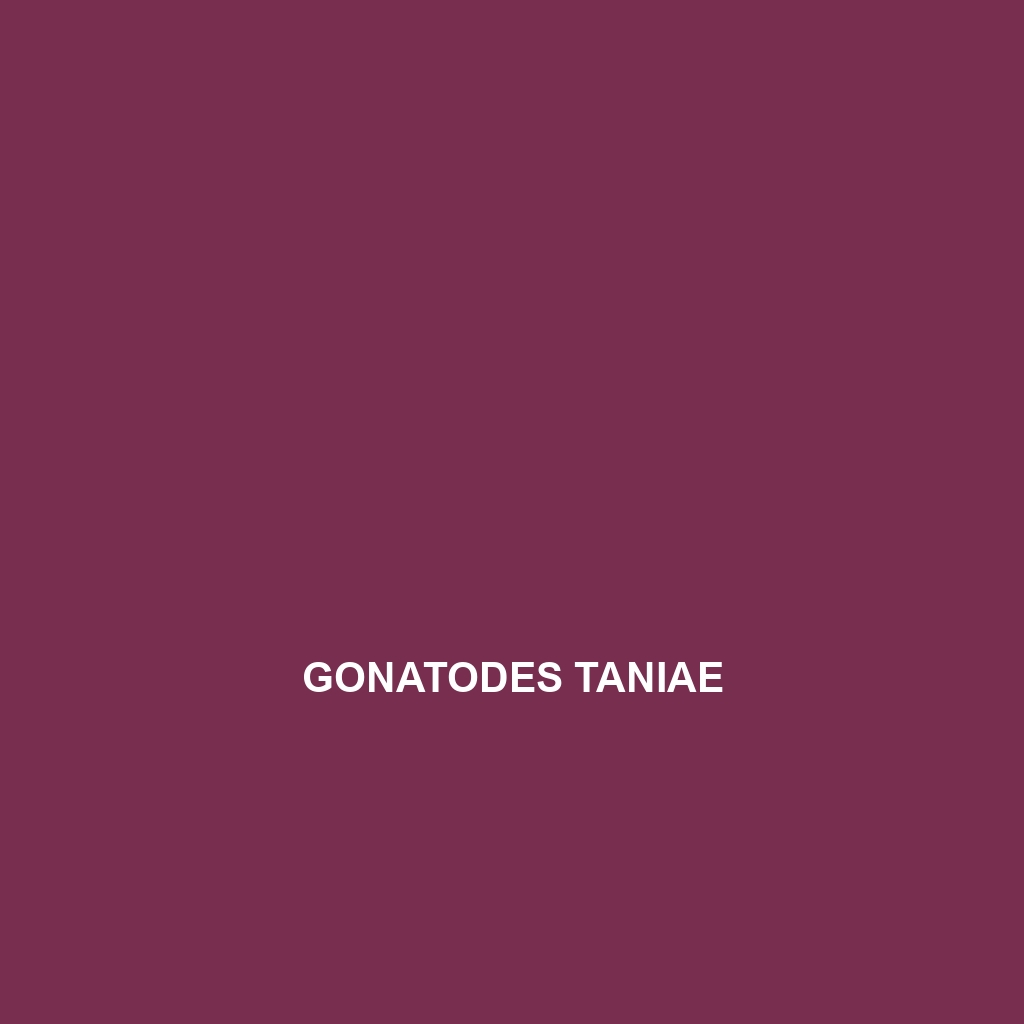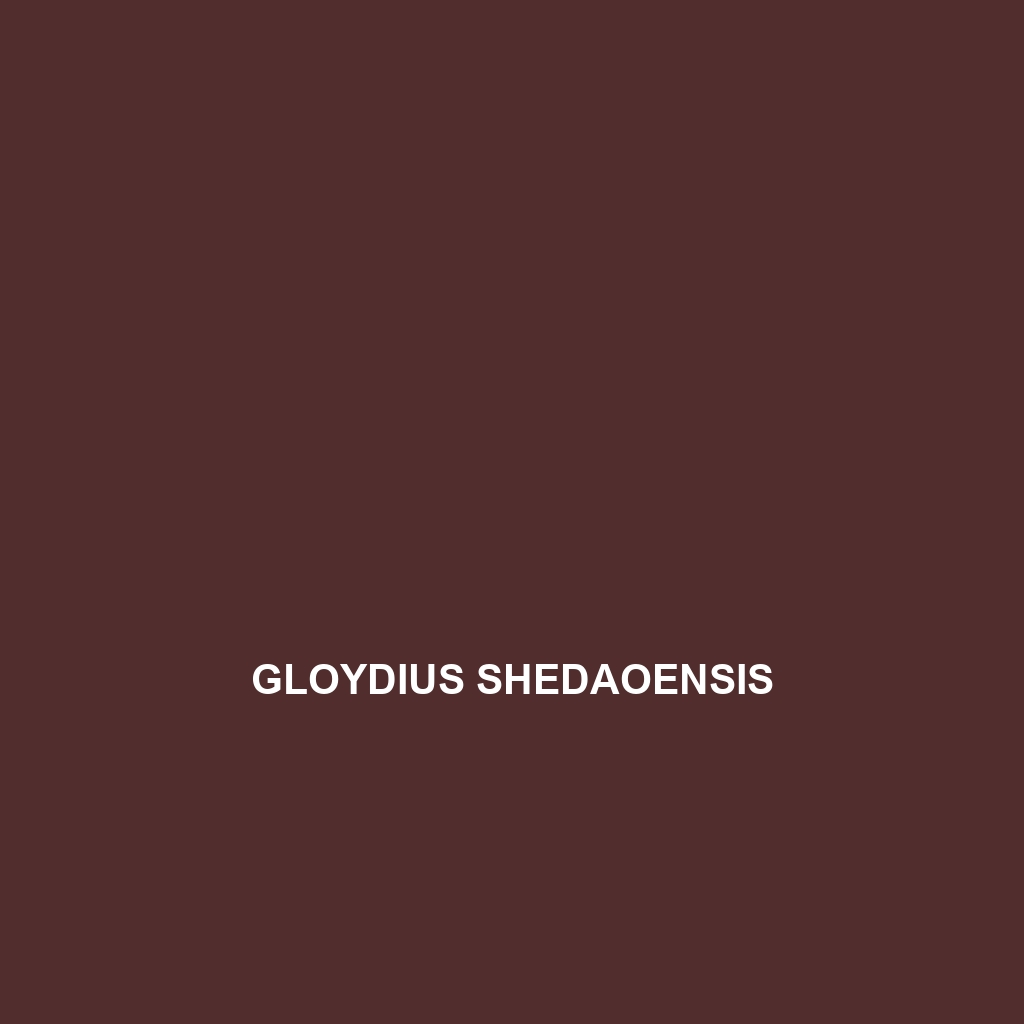<p><b>Gopherus polyphemus</b>, commonly known as the gopher tortoise, is a threatened species native to the southeastern United States, recognized for its robust shell, burrowing habits, and integral role in promoting biodiversity within its ecosystem. These herbivorous tortoises have a lifespan of over 40 years and contribute significantly to soil health and habitat stability by creating extensive burrows that shelter numerous other species.</p>
Tag: wildlife conservation efforts
Gopherus morafkai
<p><b>Gopherus morafkai</b>, or the Mojave desert tortoise, is a vulnerable species native to the arid regions of the southwestern United States, characterized by its dome-shaped shell, herbivorous diet, and ability to dig extensive burrows that support the desert ecosystem. These tortoises thrive in diverse vegetation and play a crucial role as a keystone species, promoting biodiversity within their habitat.</p>
Gonocephalus bornensis
<b>Gonocephalus bornensis</b>, commonly known as the Bornean Lizard, thrives in the humid rainforests of Southeast Asia, exhibiting a unique flattened body and vibrant color variations for effective camouflage. Primarily insectivorous, this diurnal lizard showcases intriguing territorial behaviors and elaborate mating displays, playing a vital role in its ecosystem by controlling insect populations and aiding in plant propagation.
Gonocephalus bellii
Discover the Gonocephalus bellii, or Bell's flying dragon, a striking lizard from the rainforests of Southeast Asia characterized by its unique gliding ability, vibrant coloration, and insectivorous diet. With an impressive length of 30-40 cm, this fascinating species plays a crucial role in maintaining ecological balance by controlling insect populations and promoting plant diversity.
Goniurosaurus zhelongi
Introducing the Goniurosaurus zhelongi, a striking nocturnal gecko native to the humid rainforests of Southeast Asia, particularly Vietnam. This species is known for its vibrant coloration, arboreal habits, and vital ecological role as an insectivore, making it a fascinating addition to any reptile enthusiast's collection.
Goniurosaurus wangshu
Discover the captivating Goniurosaurus wangshu, a vibrant nocturnal lizard native to the mountainous regions of Vietnam, known for its robust body, stunning dark brown and orange scales, and unique behaviors such as territorial displays and solitary foraging. This vulnerable species plays a crucial role in its ecosystem by controlling insect populations and serves as a vital indicator of environmental health.
Gonionotophis brussauxi
Gonionotophis brussauxi, commonly known as Brussel's swamp snake, is a nocturnal carnivore thriving in the humid rainforests and wetlands of South America. This viviparous species, which can grow 60 to 80 cm long and features adaptive coloration, plays a vital role in regulating prey populations while also serving as a food source for larger predators.
Gongylosoma longicauda
Introducing the Long-tailed Gongylosoma (Gongylosoma longicauda), a vibrant, slender snake native to Southeast Asia's tropical rainforests. Known for its remarkable agility, nocturnal behavior, and unique ability to mimic more dangerous species, this carnivorous predator plays a crucial role in maintaining ecological balance within its habitat.
Gonatodes taniae
<p><b>Gonatodes taniae</b> is a striking lizard found in humid tropical rainforests of Central to South America, known for its vibrant green and brown coloration and agile movements. This nocturnal insectivore plays a crucial role in maintaining ecological balance and exhibits fascinating behaviors, including unique mating displays and remarkable climbing abilities.</p>
Gloydius shedaoensis
The Gloydius shedaoensis, commonly known as the Shedao pit viper, is a vibrant olive-green to brown snake native to the unique habitats of Shedao Island, where it preys on small mammals and birds using ambush tactics. This nocturnal species, recognized by its distinct triangular head and striking markings, plays a crucial role in maintaining the ecosystem's balance.
